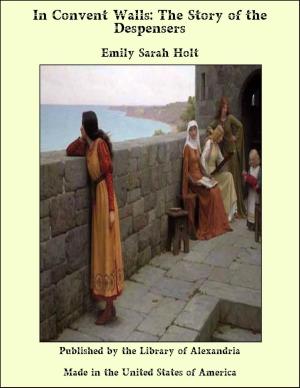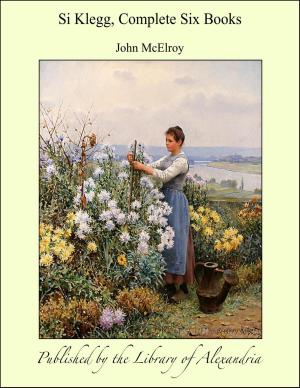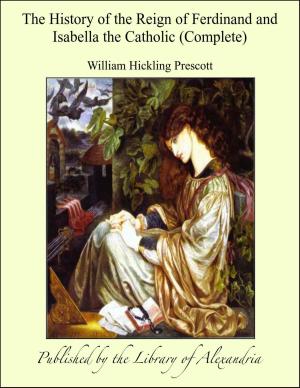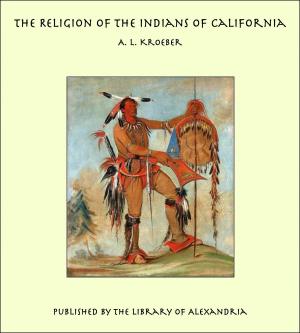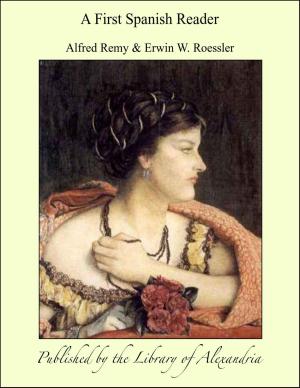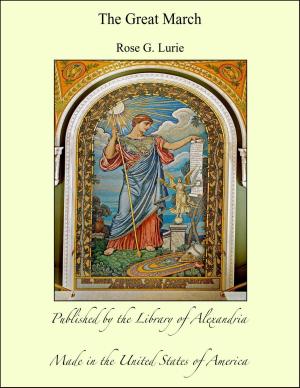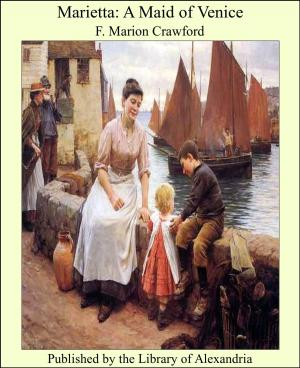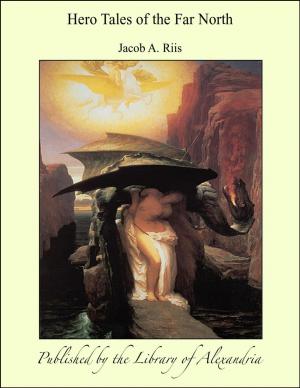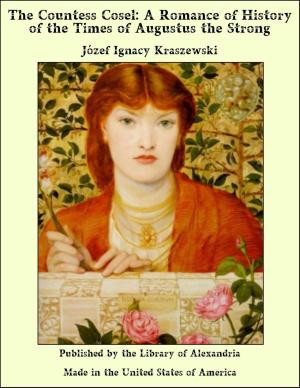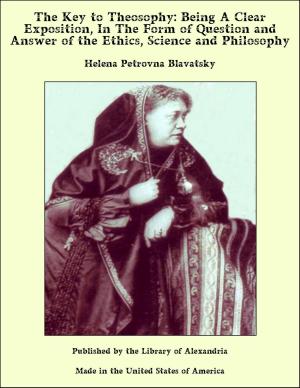The Newly-Married Couple
Nonfiction, Religion & Spirituality, New Age, History, Fiction & Literature| Author: | Bjørnstjerne Bjørnson | ISBN: | 9781465607140 |
| Publisher: | Library of Alexandria | Publication: | March 8, 2015 |
| Imprint: | Language: | English |
| Author: | Bjørnstjerne Bjørnson |
| ISBN: | 9781465607140 |
| Publisher: | Library of Alexandria |
| Publication: | March 8, 2015 |
| Imprint: | |
| Language: | English |
BJORNSTJERNE BJORNSON—poet, dramatist, novelist, and politician, and the most notable figure in contemporary Norwegian history— was born, in December 1832, at Kvikne in the north of Norway. His father was pastor at Kvikne, a remote village in the Osterdal district, some sixty miles south of Trondhjem; a lonely spot, whose atmosphere and surroundings Bjornson afterwards described in one of his short sketches (“Blakken”). The pastor’s house lay so high up on the “fjeld” that corn would not grow on its meadows, where the relentless northern winter seemed to begin so early and end so late. The Osterdal folk were a wild, turbulent lot in those days—so much so, that his predecessor (who had never ventured into the church without his pistol in his pocket) had eventually run away and flatly refused to return, with the result that the district was pastorless for some years until the elder Bjornson came to it. It was in surroundings such as this, and with scarcely any playfellows, that Bjornstjerne Bjornson spent the first six years of his life; and the sturdy independence of his nature may have owed something to the unaccommodating life of his earliest days, just as the poetical impulse that was so strong in his developed character probably had its beginnings in the impressions of beauty he received in the years that immediately followed. For, when he was six, a welcome change came. His father was transferred to the tranquil pastorate of Naes, at the mouth of the Romsdal, one of the fairest spots in Norway. Here Bjornson spent the rest of his childhood, in surroundings of beauty and peacefulness, going to school first at Molde and afterwards at Christiania, to pass on later to the Christiania University where he graduated in 1852. As a boy, his earliest biographer tells us, he was fully determined to be a poet—and, naturally, the foremost poet of his time!—but, as years passed, he gained a soberer estimate of his possibilities. At the University he was one of a group of kindred spirits with eager literary leanings, and it did not take him long to gain a certain footing in the world of journalism. His work for the first year or two was mainly in the domain of dramatic criticism, but the creative instinct was growing in him. A youthful effort of his—a drama entitled Valborg—was actually accepted for production at the Christiania theatre, and the author, according to custom, was put on the “free list” at once. The experience he gained, however, by assiduous attendance at the theatre so convinced him of the defects in his own bantling, that he withdrew it before performance—a heroic act of self-criticism rare amongst young authors.
BJORNSTJERNE BJORNSON—poet, dramatist, novelist, and politician, and the most notable figure in contemporary Norwegian history— was born, in December 1832, at Kvikne in the north of Norway. His father was pastor at Kvikne, a remote village in the Osterdal district, some sixty miles south of Trondhjem; a lonely spot, whose atmosphere and surroundings Bjornson afterwards described in one of his short sketches (“Blakken”). The pastor’s house lay so high up on the “fjeld” that corn would not grow on its meadows, where the relentless northern winter seemed to begin so early and end so late. The Osterdal folk were a wild, turbulent lot in those days—so much so, that his predecessor (who had never ventured into the church without his pistol in his pocket) had eventually run away and flatly refused to return, with the result that the district was pastorless for some years until the elder Bjornson came to it. It was in surroundings such as this, and with scarcely any playfellows, that Bjornstjerne Bjornson spent the first six years of his life; and the sturdy independence of his nature may have owed something to the unaccommodating life of his earliest days, just as the poetical impulse that was so strong in his developed character probably had its beginnings in the impressions of beauty he received in the years that immediately followed. For, when he was six, a welcome change came. His father was transferred to the tranquil pastorate of Naes, at the mouth of the Romsdal, one of the fairest spots in Norway. Here Bjornson spent the rest of his childhood, in surroundings of beauty and peacefulness, going to school first at Molde and afterwards at Christiania, to pass on later to the Christiania University where he graduated in 1852. As a boy, his earliest biographer tells us, he was fully determined to be a poet—and, naturally, the foremost poet of his time!—but, as years passed, he gained a soberer estimate of his possibilities. At the University he was one of a group of kindred spirits with eager literary leanings, and it did not take him long to gain a certain footing in the world of journalism. His work for the first year or two was mainly in the domain of dramatic criticism, but the creative instinct was growing in him. A youthful effort of his—a drama entitled Valborg—was actually accepted for production at the Christiania theatre, and the author, according to custom, was put on the “free list” at once. The experience he gained, however, by assiduous attendance at the theatre so convinced him of the defects in his own bantling, that he withdrew it before performance—a heroic act of self-criticism rare amongst young authors.

